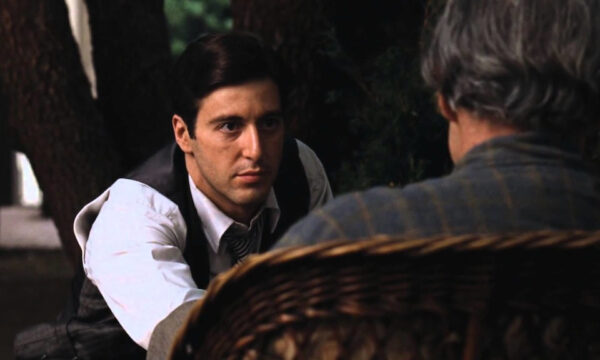The UFC and the sport of mixed martial arts (MMA): An introduction

To coincide with our planned coverage of the UFC, the Upcoming Sport offers a brief background of the history of the sport so far.
Starting way back on 12th November 1993, the Ultimate Fighting Championship (UFC) looked to find out which of the traditional martial arts was the most effective in a real fighting situation.
With no weight limits and very few rules, competitors would enter a one-night tournament to prove that their style of fighting was the best. Early tournaments saw the dominance of Brazilian Jiu Jitsu, as it was a closely guarded art held and practised by the world famous Gracie family.
These one-night tournaments and new sport had its supporters, but due to its lack of rules and self-touted barbaric nature there were many calls to ban it. In fact the UFC found itself banned from a number of US states. With mounting pressures from local and national government the UFC evolved into what we know it as today. Weight divisions were included, unified rules made and applied and most importantly, athletic commission involvement.
The biggest and most important change within the UFC though, was the sale from original owners SEG to Zuffa in 2001. Taking the best elements of other combat sports and also professional wrestling showmanship and presentation, the UFC has turned MMA into the fastest growing sport on the planet.
Where boxing fans are now frustrated and regularly have to accept promoter politics, MMA fans don’t have these frustrations. It is widely accepted that the very best MMA athletes are contracted to the UFC and the matchmaking process is done by two men, Joe Silva (head matchmaker) and UFC president and talking face Dana White. Because of the structure of the UFC, the best fight the best, leaving out the agony of the “will it ever happen” that plagues boxing. (Mayweather Jr vs Pacquiao anyone?)
A match in MMA can end in a number of ways. You can win either by knockout, technical knockout (referee stoppage), submission, corner stoppage or doctor stoppage (cuts, swelling etc).
Many have tried to label MMA as barbaric, but this couldn’t be further from the truth. It is an extremely safe sport. Is there blood? Sure, but not as much as some would make out and certainly not that much more than boxing. At its very best, MMA is a technical masterpiece and while it can take a while to fully understand and appreciate all of the technical aspects that can go on in a fight, you need not worry as on every UFC card there is always an exciting fight and each card will generally have at least one stand up (boxing preference) fight.
If you’re already a fan, you will understand how good a sport MMA is and how good an entertainment product the UFC is. If you’re new and have heard about the UFC but have not seen it, then try to catch a glimpse and see what the fuss is all about.
YouTube is a great place to start and has plenty of past fights on there for you to view and if you have ESPN UK, the UFC is on there every Friday night live at 3am (set your SKY+) for its reality show The Ultimate Fighter, which looks to find new talent and give them a shot at winning a UFC contract. The show takes you inside the training and personal sides of the fighters and is a great way for new fans to discover the sport. The UFC also has plenty of shows on throughout the year and again these can be watched live on ESPN UK.
MMA and the UFC are only going to continue to grow and get bigger and better. If you’re a boxing or combat sports fan and you’ve not given this sport a chance, now is the time to do so.
Alan Pendred



















Facebook
Twitter
Instagram
YouTube
RSS